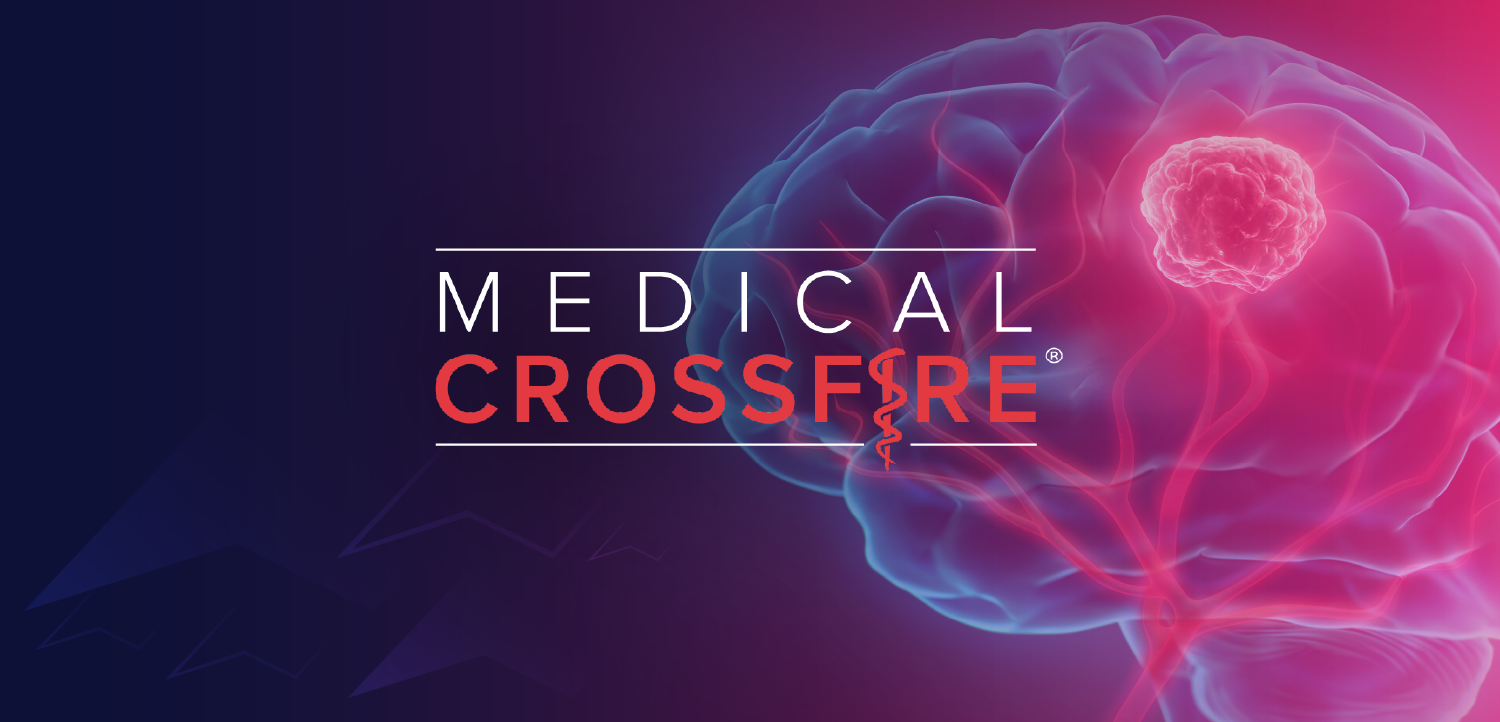
MSProDiscuss Tool Is Usable and Useful in MS Clinical Practice
A real-world survey of more than 300 health care practitioners suggests that the MSProDiscuss tool offers a useful tool for the physician-patient discussion on multiple sclerosis disease progression.
Tjalf Ziemssen, MD
The findings of a real-world study suggest that MSProDiscuss—a validated physician-completed tool based on a set of weighted questions on multiple sclerosis (MS) relapses, symptoms, and impacts experienced by the patient within the prior 6 months—is both usable and useful as a tool for the facilitation of the physician-patient discussion on disease progression in daily clinical practice.
Overall, of the 301 health care practitioners (including 23 MS nurses and 6 neurology nurse practitioners) who tested the tool with 6974 patients with MS, 92% reported that they would recommend the tool to a colleague. Additionally, 92% said that the tool was feasible and 86% noted that they were willing to integrate it into clinical practice.
The data, presented at the
“Key recommendations were to allow for longitudinal follow-up, expand on cognitive assessments, and provide a patient-completed version,” the study authors, including Tjalf Ziemssen, MD, professor of Clinical Neuroscience, head, Multiple Sclerosis Center and Neuroimmunological Laboratory, and director, Division of Neurometabolism, University Clinic Carl-Gustav Carus, wrote. “These are [being] considered in the updated version of MSProDiscuss.”
CMSC 2020:
Specifically, the tool asks for information such as patient age, Expanded Disability Status Scale (EDSS) score, presence of relapses in the prior 6 months, and whether or not MRI has been performed in that time frame. From there, the symptoms about which it inquiries include visual, motor, ambulatory, coordination/balance, pain, sensory, bladder/bowel, speech, cognition, and fatigue.
The study assessed the tool via an online qualitative survey that was issued in 34 countries. Health care practitioners completed individual questionnaires (i) after using MSProDiscuss during face-to-face patient consultations and then a final questionnaire (f) to capture the overall experience with the tool. They also provided general feedback and recommendations for improving the tool.
The findings revealed that the mean time to complete the MSProDiscuss during a regular consult ranged from 1 to 4 minutes, confirmed by 97% of the individual questionnaires and 98% of the final questionnaires. In 94% (i) to 97% (f) of cases, practitioners concurred that patients were able to comprehend the tool’s questions, and 91% (i) of the time, the practitioner was willing to use the tool again with the same individual patient.
Additionally, MSProDiscuss was deemed useful for discussing MS symptoms and the disease’s impact on daily activities (i: 88%; f: 92%) and on cognitive function (i: 79%; f: 79%). They also noted it was advantageous in discussing progression in general (i: 88%; f: 90%).
While completing the final questionnaire, 95% of practitioners agreed that the questions were similar to those they asked in regular consultation.
Previously, data were presented at the 2019 American Academy of Neurology (AAN) Annual Meeting that included 20 neurologists and 198 patients with a diagnosis of relapsing MS, secondary progressive MS, or in a suspected transition period to secondary progressive MS, to validate the tool. The mean scores on the tool for those with secondary progressive disease, those suspected to be progressing to secondary disease, and those with relapsing MS were 69.6, 55.2, and 38.1, respectively (P <.001).2
All told, a threshold of ≥58.85 identified patients with secondary progressive MS with 82% sensitivity and 84% specificity (area under the ROC curve [AUC], 0.904; 95% CI, 0.86 to 0.95). Patients with relapsing MS were identified with a threshold of ≤51.80, with 83% sensitivity and 82% specificity, while a threshold of ≤53.85 had 89% sensitivity and 76% specificity when using the sum of squares and Youden’s J index, respectively (AUC, 0.908; 95% CI, 0.87 to 0.95).
Existing literature suggests that up to 80% of patients with relapsing MS transition to secondary progressive disease, at which point the disease’s impact can lead to issues such as continuous functional decline (which is often undiagnosed or diagnosed only retrospectively)
For more coverage of CMSC 2020,
REFERENCES
1. Ziemssen T, Giovannoni G, Alvarez E, et al. Real-World Findings of Usability and Usefulness of Multiple Sclerosis Progression Discussion Tool: A Physician-Completed Digital Tool to Evaluate Early Signs of Disease Progression. Int J MS Care. 2020;22(2 Suppl). Late-Breaking Abstract.
2. Ziemssen T, Meier DP, Bennett B, et al. Validation of the Scoring Algorithm for a Novel Integrative Secondary Progressive Multiple Sclerosis (SPMS) Screening Tool. Presented at: 2019 American Academy of Neurology Annual Meeting. May 4-10, 2019; Philadelphia, PA.
Newsletter
Keep your finger on the pulse of neurology—subscribe to NeurologyLive for expert interviews, new data, and breakthrough treatment updates.








































